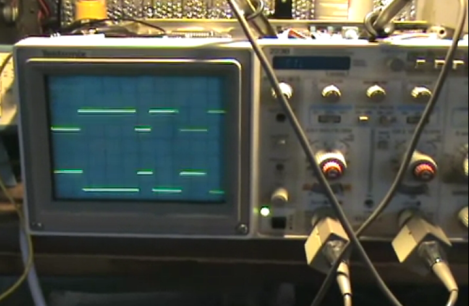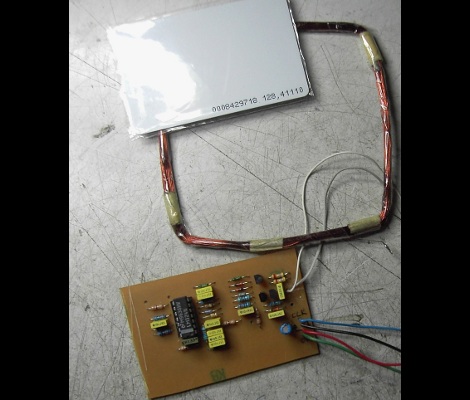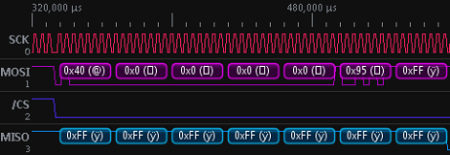
[Jerry Pommer] has an old Tektronix 2236 that is having some issues. Just to the right of the top corner of the screen is a VFD display that is used to show various numerical measurements. Unfortunately this has stopped working, so he made the oscilloscope probe itself in order to trouble-shoot the situation.
The entire repair process was filmed and you can see the 42-minute job embedded after the break. There’s a lot of stuff crammed inside that oscilloscope, and we see a tour of it all at the beginning of the video. Once [Jerry] gets down to business he traces the problem to a JK Flip-Flop used to feed the display. The output appears correct at first, but the clock signal is not functioning as expected. His solution is to use an MSP430 chip to replace the Flip-Flop functions.
The confidence to try this repair was sparked by [Todd Harrington’s] car-stereo VFD repair video.
Continue reading “Oscilloscope VFD Repair Like Doing Brain Surgery On Yourself”















